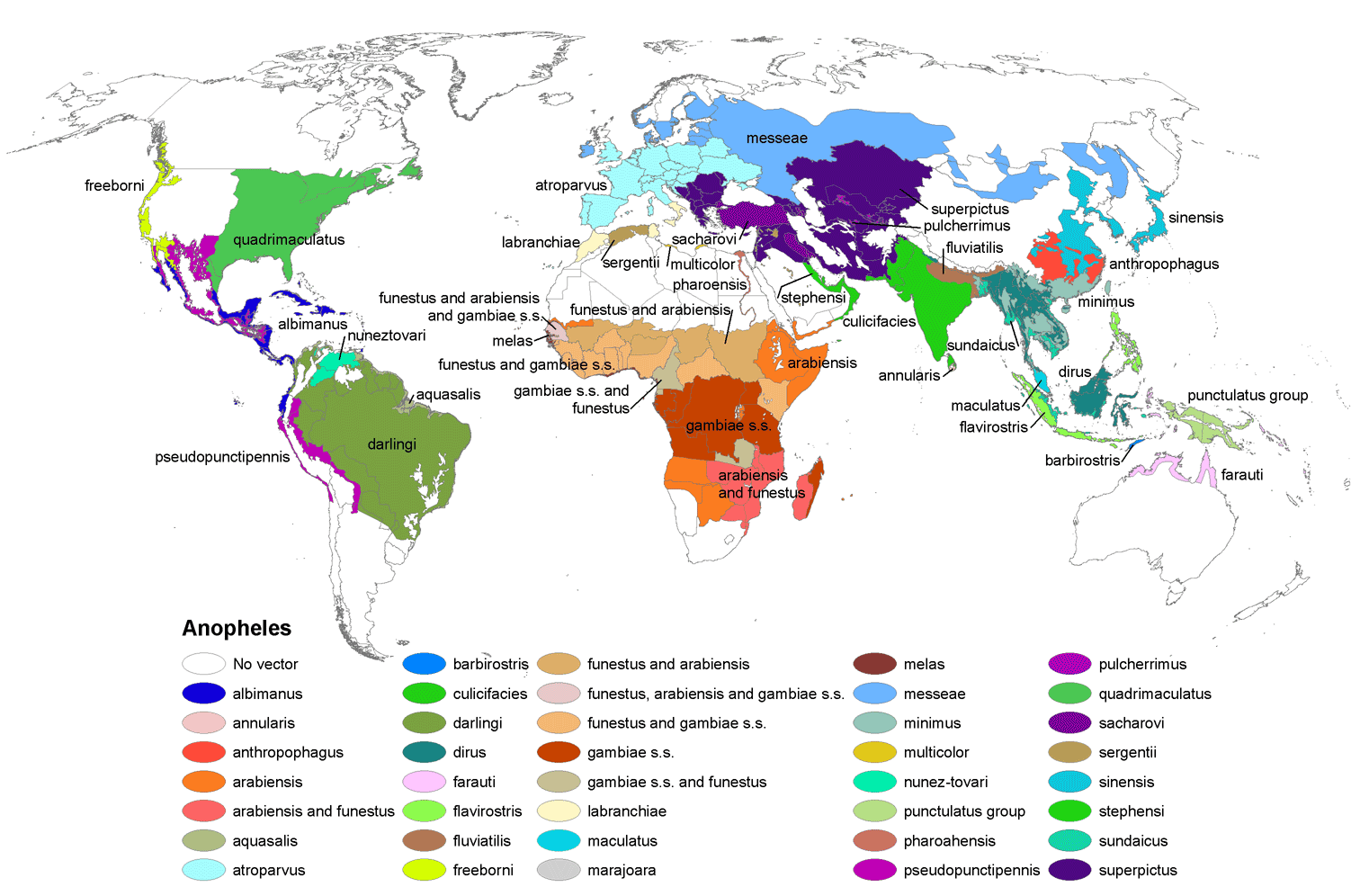
Sunday, December 26, 2010
Tuesday, December 14, 2010
Pellston, Michigan 2010 Climate

The average yearly data were obtained from NOAA's climatology servers and this year (or any year's) values were from NOAA's climate data online service. Choose Surface Data, Global Summary, then Country: USA, then choose a state and finally a station and year range.
UPDATE: In 2016, the New York Times implemented this visualization.
Friday, December 10, 2010
Pharmaceutical names
Every pharmaceutical drug has at least three names: a chemical name based on the compound's structure; a generic (or nonproprietary) name that is the drug's official name throughout its lifetime and a trade (or proprietary) name used by the pharmaceutical company for a 17-year period in which it has the exclusive rights to make and sell the drug.
Pharmaceutical brand names are designed to connote meaning, while generic names are designed to denote specific chemical structures. For example, brand names often use linguistic tricks, such as plosive letters (P, T or D) to convey power, or fricative letters (X, F, S or Z) to imply speed. The FDA's Office of Postmarketing Drug Risk Assessment does not allow brand names that sound too much like what they are supposed to do, or sound too much like other drugs. Generic (nonproprietary) pharmaceutical names are assigned by the United States Adopted Name Council to denote the chemical structure of the compound. Examples include drugs that end with -mab, which stands for monoclonal antibody, and drugs that end with -tocin, which are oxytoxin derivatives.
Pharmaceutical brand names are designed to connote meaning, while generic names are designed to denote specific chemical structures. For example, brand names often use linguistic tricks, such as plosive letters (P, T or D) to convey power, or fricative letters (X, F, S or Z) to imply speed. The FDA's Office of Postmarketing Drug Risk Assessment does not allow brand names that sound too much like what they are supposed to do, or sound too much like other drugs. Generic (nonproprietary) pharmaceutical names are assigned by the United States Adopted Name Council to denote the chemical structure of the compound. Examples include drugs that end with -mab, which stands for monoclonal antibody, and drugs that end with -tocin, which are oxytoxin derivatives.
Medical Decision-Making
When a doctor diagnoses a patient, who makes the decision about treatment? Perhaps the patient defers to the knowledge and authority of the doctor: "you're the doctor, you decide." Although the structure of power dynamics between the doctor and patient can bias decision-making, the final decision usually comes down to money, which is decided by the insurance company. So how does a large insurance company decide what procedure to pay for?
Others have pointed out that this is a system of misaligned incentives can lead to situations where, for example, insurance companies would be much more worried about over-prescribing rather than under-prescribing treatment. So how do insurance companies do this in practice? By conducting a scientific review of all published literature on a given treatment, and then evaluating it. For example, Aetna's Clinical Policy Bulletins lay down the law of what is, and isn't accepted medical diagnosis and treatment.
Others have pointed out that this is a system of misaligned incentives can lead to situations where, for example, insurance companies would be much more worried about over-prescribing rather than under-prescribing treatment. So how do insurance companies do this in practice? By conducting a scientific review of all published literature on a given treatment, and then evaluating it. For example, Aetna's Clinical Policy Bulletins lay down the law of what is, and isn't accepted medical diagnosis and treatment.
Thursday, December 02, 2010
Presentations about Presentations
SlideShare.net contains a huge number of awesome presentations. If TED.com is the best place to learn what makes a great talk, slideshare.net is the best place to focus on the slides behind the speaker. Its funny, but there are whole schools devoted to the technique of writing, but the ability to craft compelling slides is so often overlooked.
 The site is also a great place to store presentations in the cloud.
The site is also a great place to store presentations in the cloud.
 The site is also a great place to store presentations in the cloud.
The site is also a great place to store presentations in the cloud.
Malaria vector population ranges

This map shows the current distribution of the species in the genus Anopheles, the vector for malaria. While malaria has been eradicated from many regions of the world, the vector has not, leaving the potential for malaria resurgence in the absence of vigilant public health campaigns. This map also shows why global warming will probably not expand the range of malaria: malaria is not constrained by the range of its mosquito vector. Pesticide campaigns to eradicate Anopheles mosquitoes are not the best way to control malaria. Instead, intervening in the transmission of malaria is the most effective approach.
The equation for the transmission of malaria is
R = (ma^2bp^n) / -r ln(p)
where R is the virulence of malaria, defined as the number of infections subsequent to an initial infection. If R is greater than 1, malarial incidence will increase; if R is less than 1 malaria will not be sustained in the human population.
m is the ratio of mosquitoes to people (# mosquitoes/ # humans)
a is the number of people bitten by a single mosquito per day
b is the proportion of infectious bites
r is the recovery rate (how long malarial parasites remain in the human)
n is the intrinsic incubation period for malaria in mosquitoes. Usually, malaria needs to incubate in mosquitoes for 10-14 days before that mosquito can transmit the infection
p is the daily probability of survival for a mosquito
Subscribe to:
Posts (Atom)